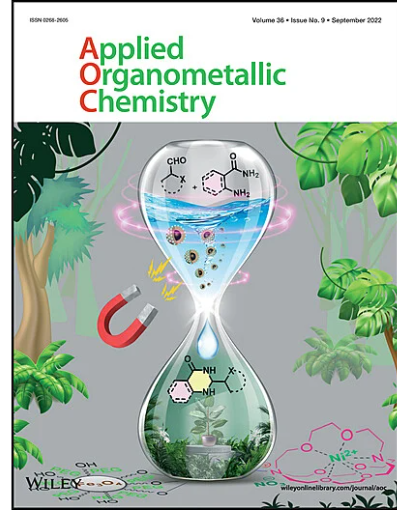Pd/C as a Heterogeneous Catalyst for Ligand-Free Homocoupling Reaction of Halo Compounds in Water and Total Synthesis of Daclatasvir
Abstract
The United Nations sustainable development goals 9 and 12 discuss about adoption of sustainable and green chemistry concept for manufacturing of pharmaceuticals and chemicals. Water is universally accepted as a green solvent for organic reactions, and solvent-free reactions are considered as green, sustainable methods for synthesis of heterocyclic compounds. Pd/C is a heterogeneous, recyclable catalyst and has been used for several cross-coupling reactions. A ligand-free Pd/C-catalyzed homocoupling reaction of haloarenes in water is reported. The reaction condition is mild (reaction temp. 40°C), and the desired products were isolated in moderate to good yield (56%–81%). Activation of phase transfer catalyst under microwave irradiation reduced the catalyst loading and reaction time (from 24 h to 30 min). The major advantages of this method over existing methods are (i) ligand-free homocoupling reaction, (ii) lower Pd/C catalyst loading, and (iii) use of water as a green and sustainable solvent. This reaction along with continuous-flow bromination, and amine deprotection reactions were successfully applied for synthesis of antiviral drug daclatasvir.


 求助内容:
求助内容: 应助结果提醒方式:
应助结果提醒方式:


